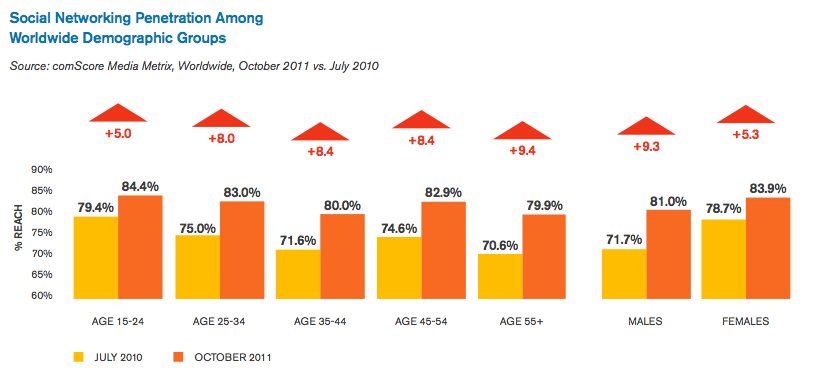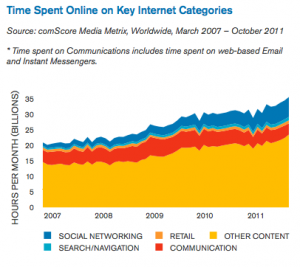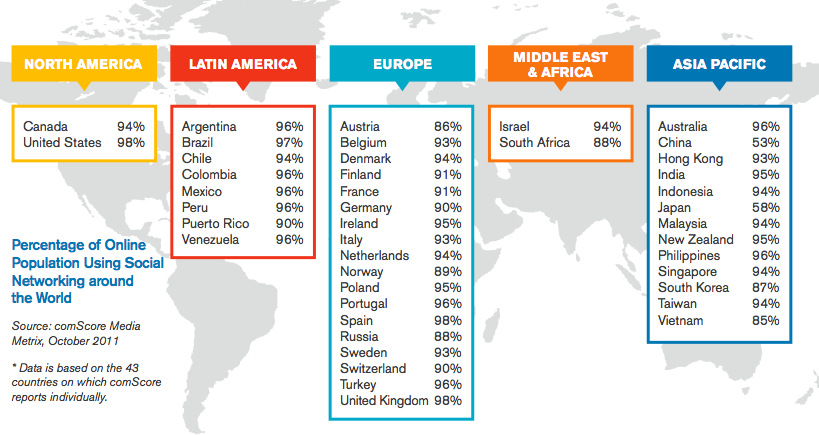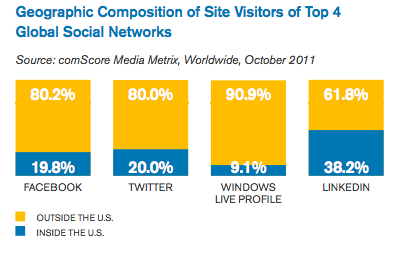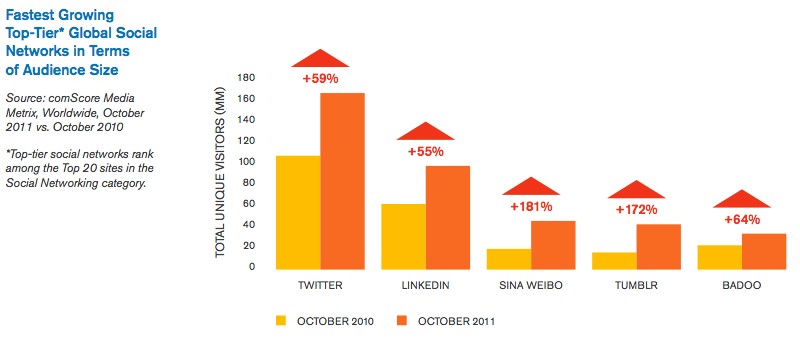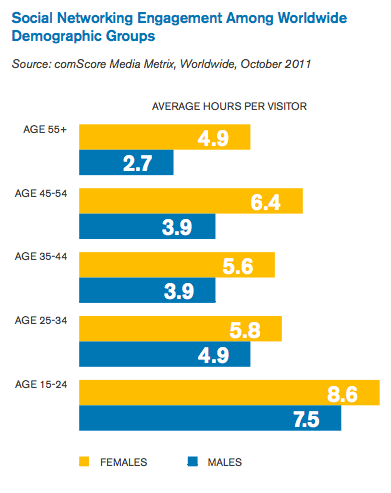I was recently in a conversation with a person who recounted an experience with her two teenage Digital Native Children.
[Digital Native: A digital native is a person who was born during or after the general introduction of digital technologies and through interacting with digital technology from an early age, has a greater comfort level using it. Alternatively, this term can describe people born during or after the 2000s, as the Digital Age began at that time; but in most cases, the term focuses on people who grew up with the technology that became prevalent in the latter part of the 20th century and continues to evolve today.] – From Wikipedia, the free encyclopedia
Her son and daughter were sitting quietly on the couch when the daughter suddenly slapped her brother on his shoulder and said: “Go do it yourself!” The Mom didn’t have a clue what had just happened. It turned out that he had just asked his sister to make him a cup of coffee… via instant messaging on the phone, while they were sitting shoulder to shoulder.
I can recount several stories that are similar interactions that make the Baby Boomer’s in the world of Digital Natives, both at home and work, concerned for the future. The concern is always voiced along similar lines to: “But, that is so wrong… they’re loosing human connection”.
I’m sure when our first prehistoric ancestor stood on two legs those nearby reacted with: “That is so wrong…. Now they’re going to loose their arms because they aren’t used”. What both points miss is that change is not bad… change is just change. The way Digital Natives communicate is different to the way older generations did, but no less effective as a means of building community and socializing.
What the mother in the earlier illustration only found out a little later was that her kids had been involved in an online conversation with 20 of their friends. The son’s coffee request came out of a highly social interaction, despite it not being one the mother found to be “normal”.
If we accept that “normal” is changing then it is useful to get a view of some of the statistics that inform this new normal.
In a survey of students done in mid-2103 some of the following findings came out regarding their use of tech and social media.
- 50.8% of the students read newspapers online,11.7% had read printed versions
- 91.5% use a social networking platform, only 2.6% indicate that they don’t use any platform
- 90% of the students use social media more than once a day
- 56% indicated that they are connected to companies (not just individuals) via social media
Social Media usage is the fastest growing area of online activity with an increasing number of hours spent engaging. Women are also more active users of social media than men are.
The percentage of the online population actually using social networking as part of their online and socialization activity has passed the tipping point and is now ubiquitous.
The footprint of social networking is now a global one with a greater spread of users outside of the USA point of origin than within it.
Now for the kicker….. The fastest growing age demographic within social networking is not Digital Natives, but Digital Immigrants aged 45 and older. So, while the older generations are raising concerns about the impact of social networking on the Digital Natives they have been quietly going about doing the same thing. Similar, I guess, to the way others began to walk on two legs when they realized how much more they could actually get done when they were able to free their arms up to do more than just assist with motion.
Sources:
http://www.slideshare.net/IanMcCarthy/1-s20s0363811113001215main
IT’S A SOCIAL WORLD: Top 10 Need-to-Knows About Social Networking and Where It’s Headed Comscore


